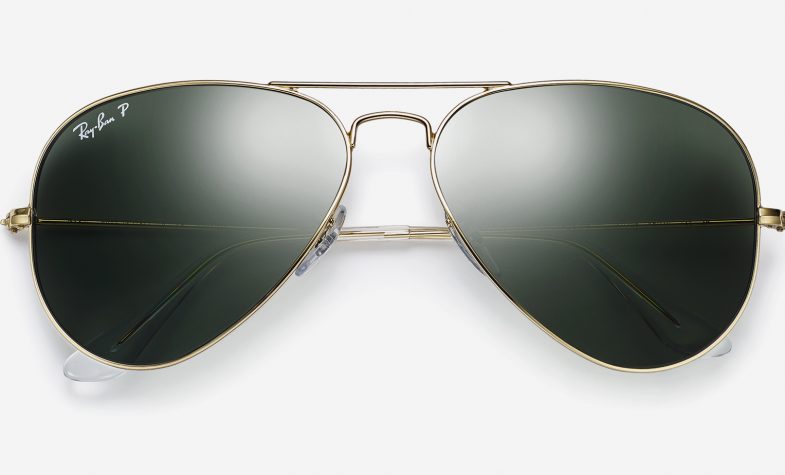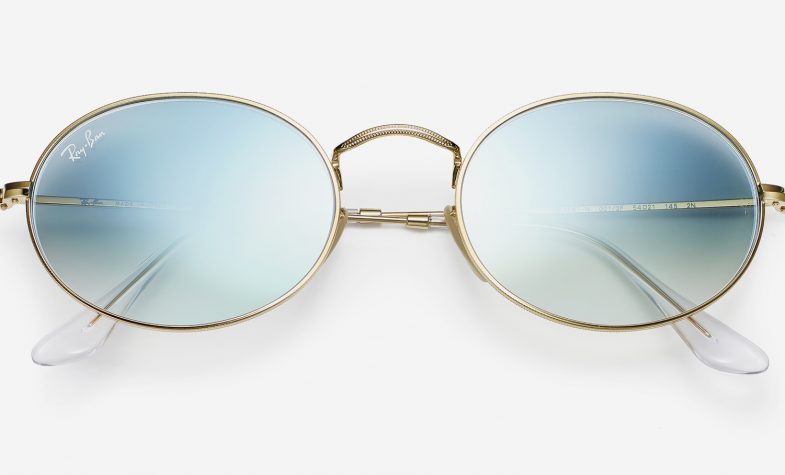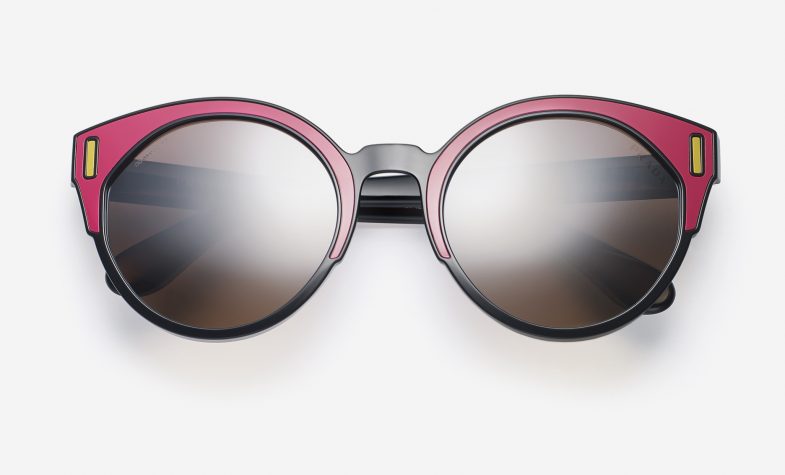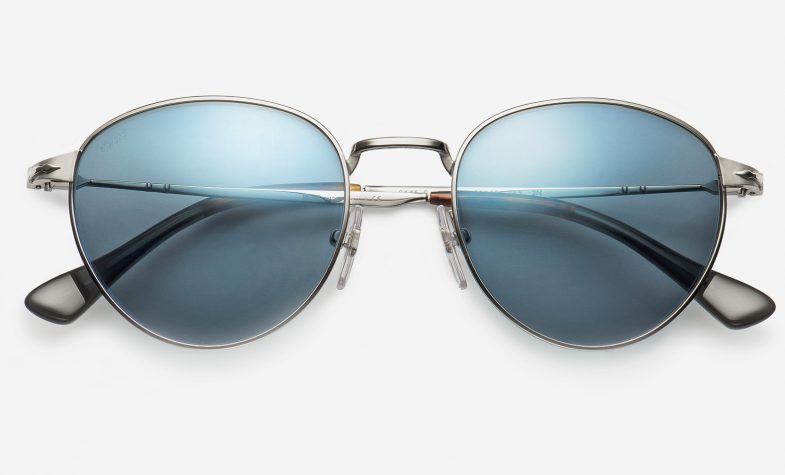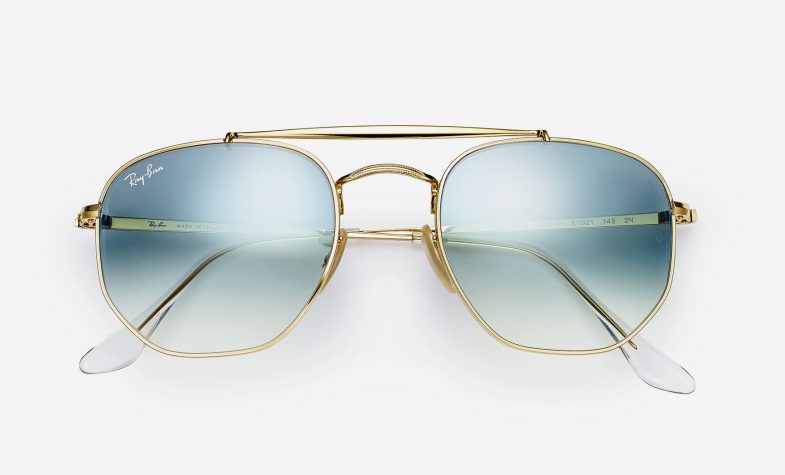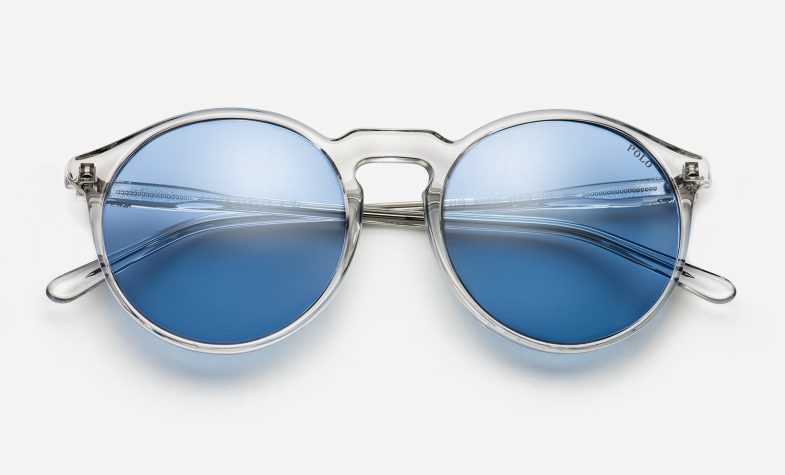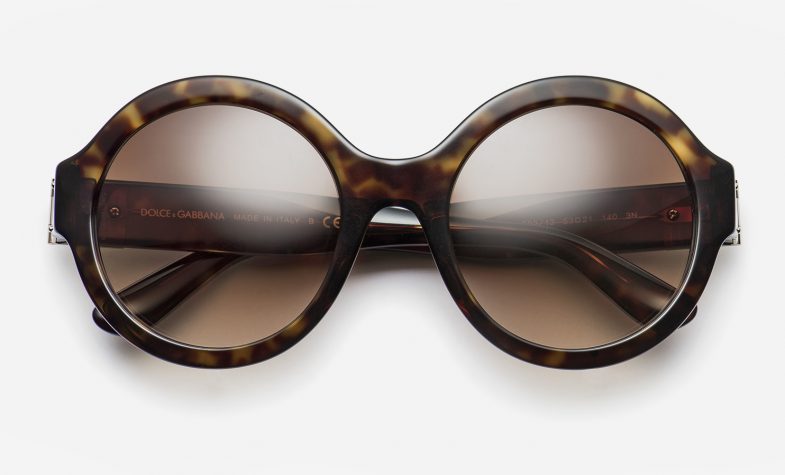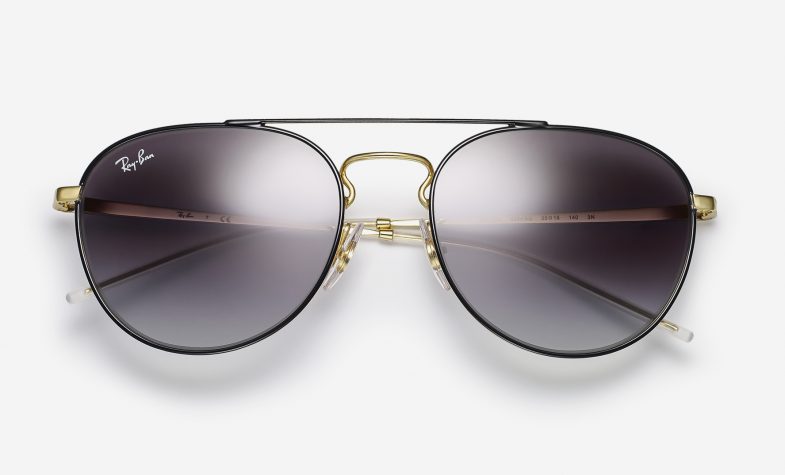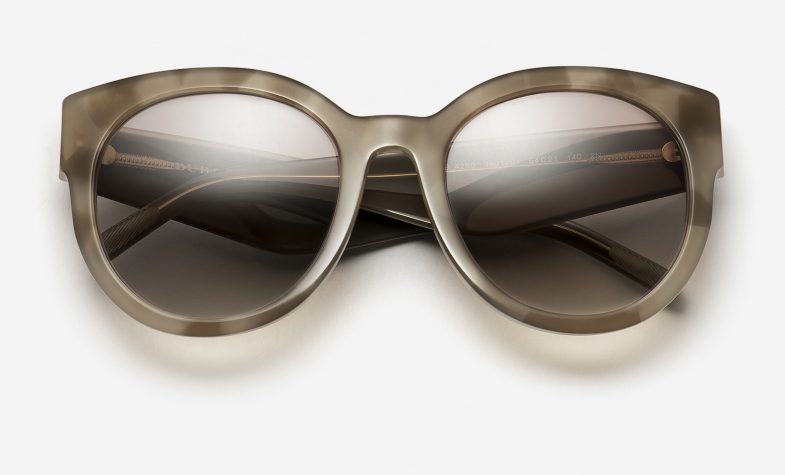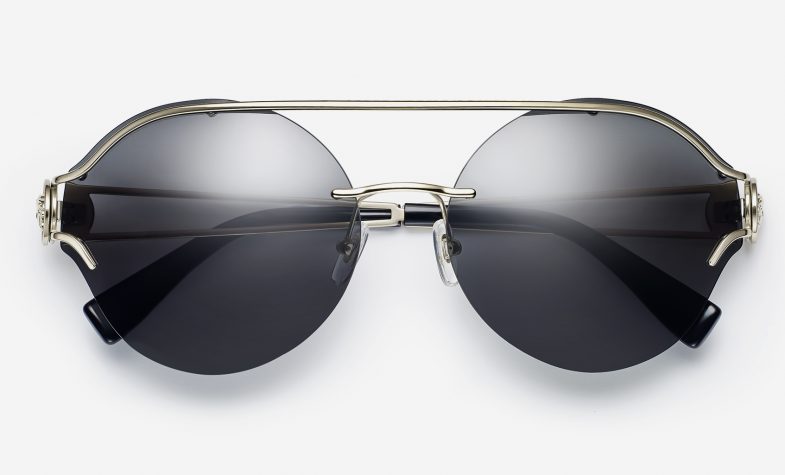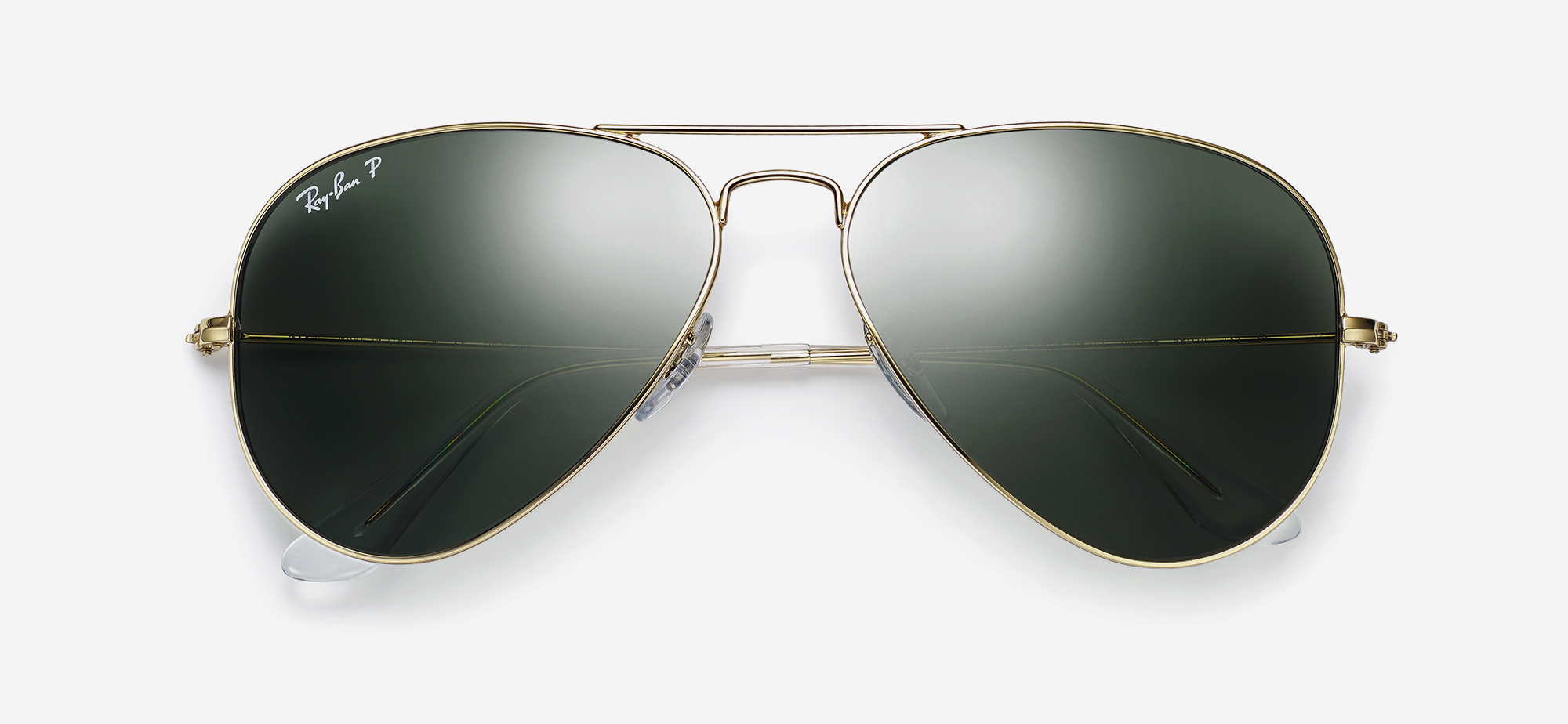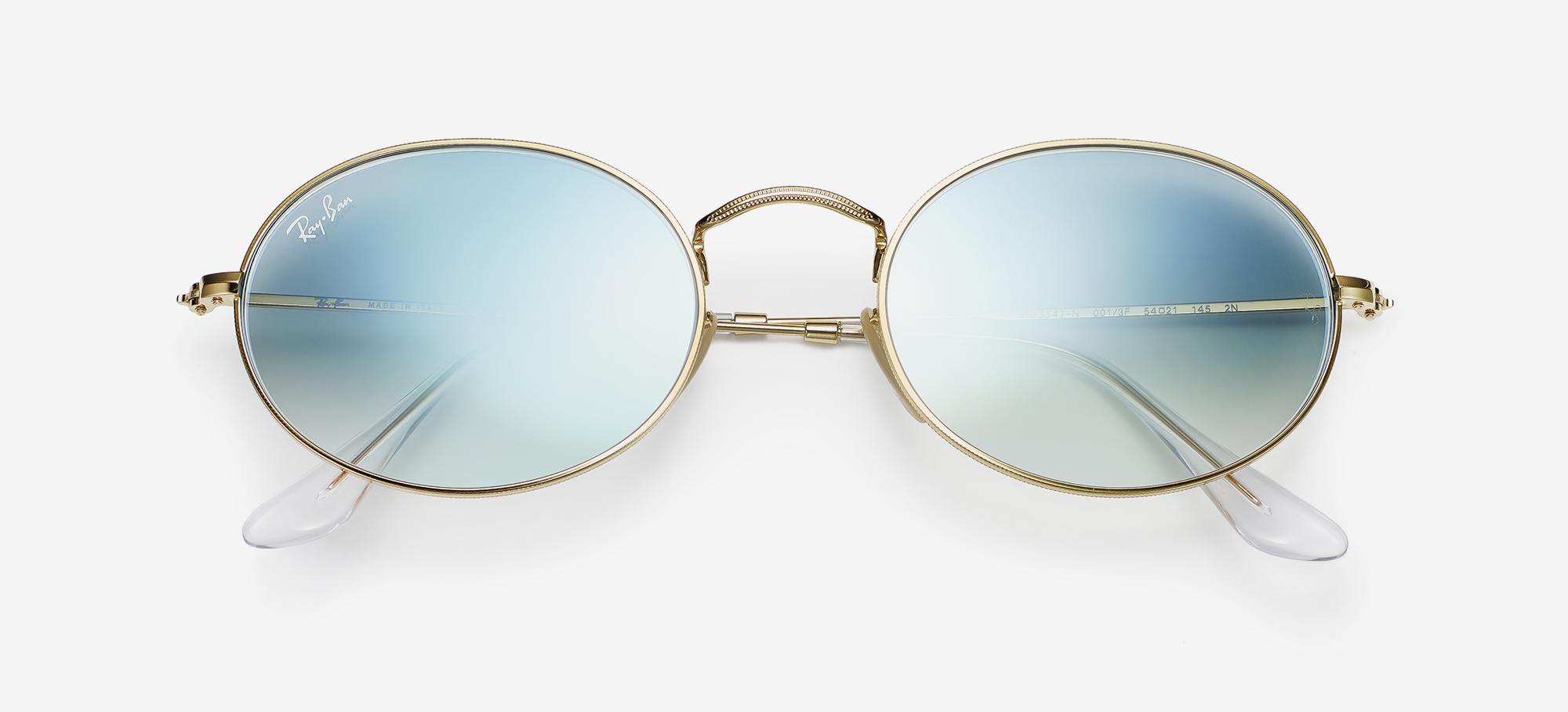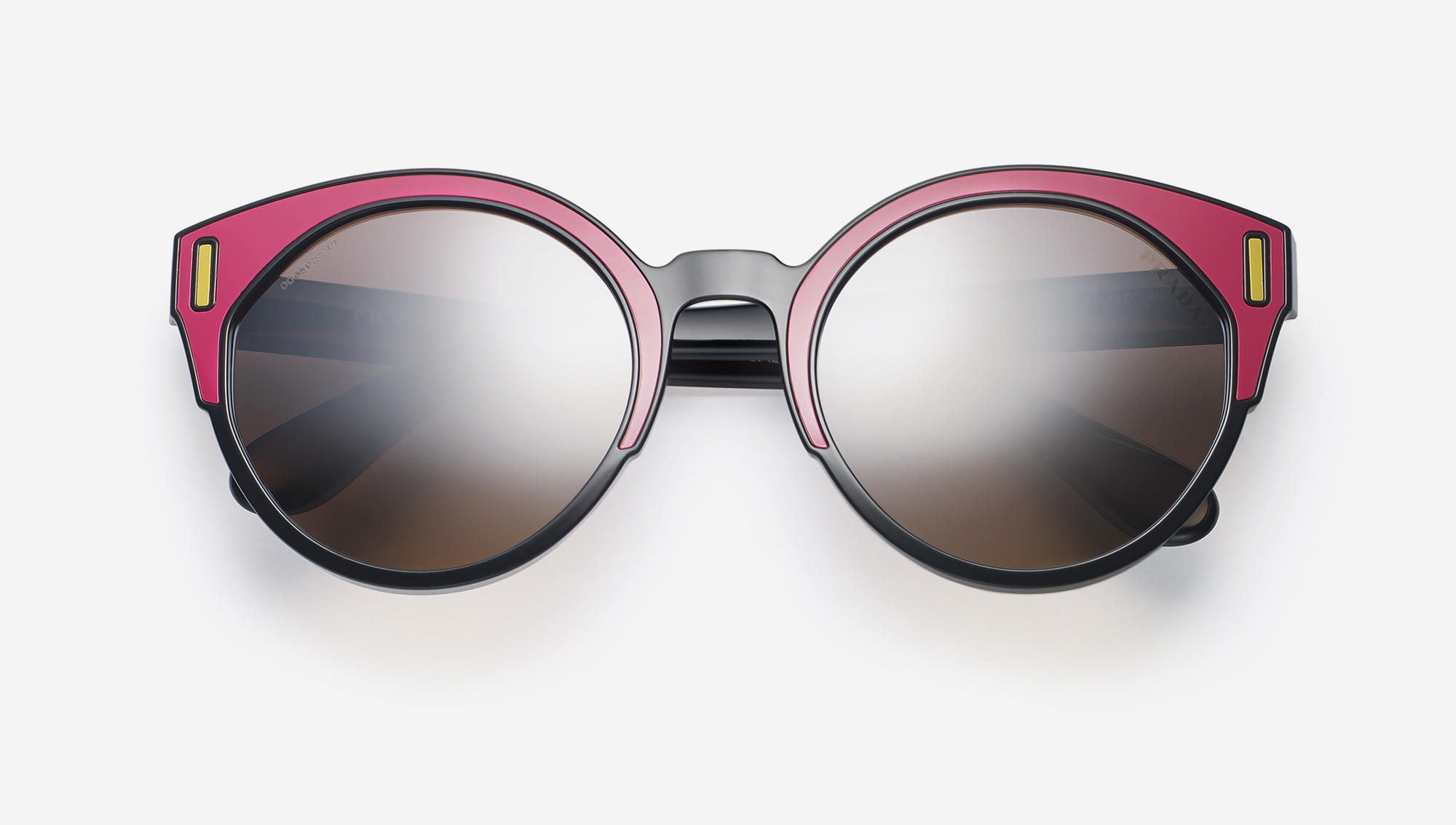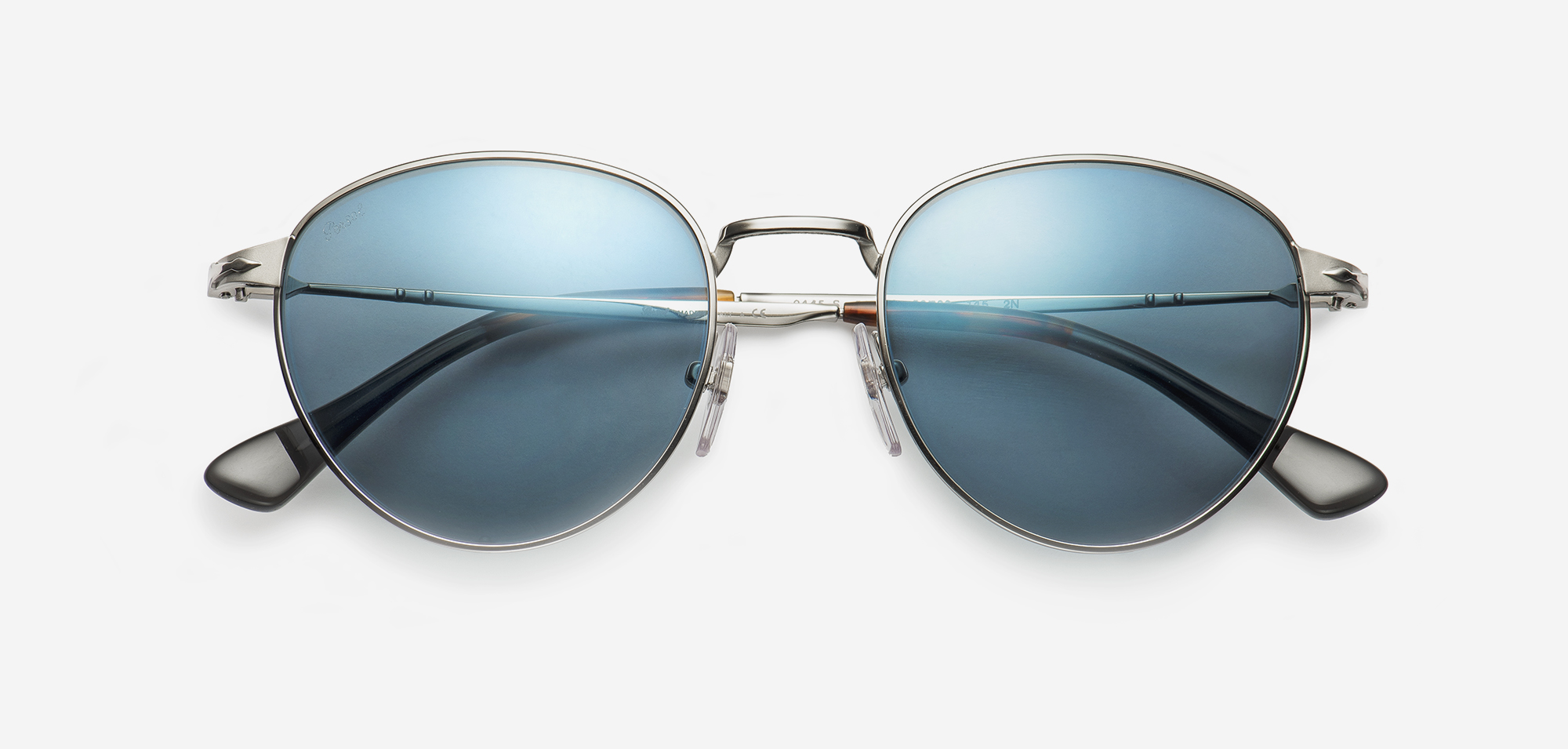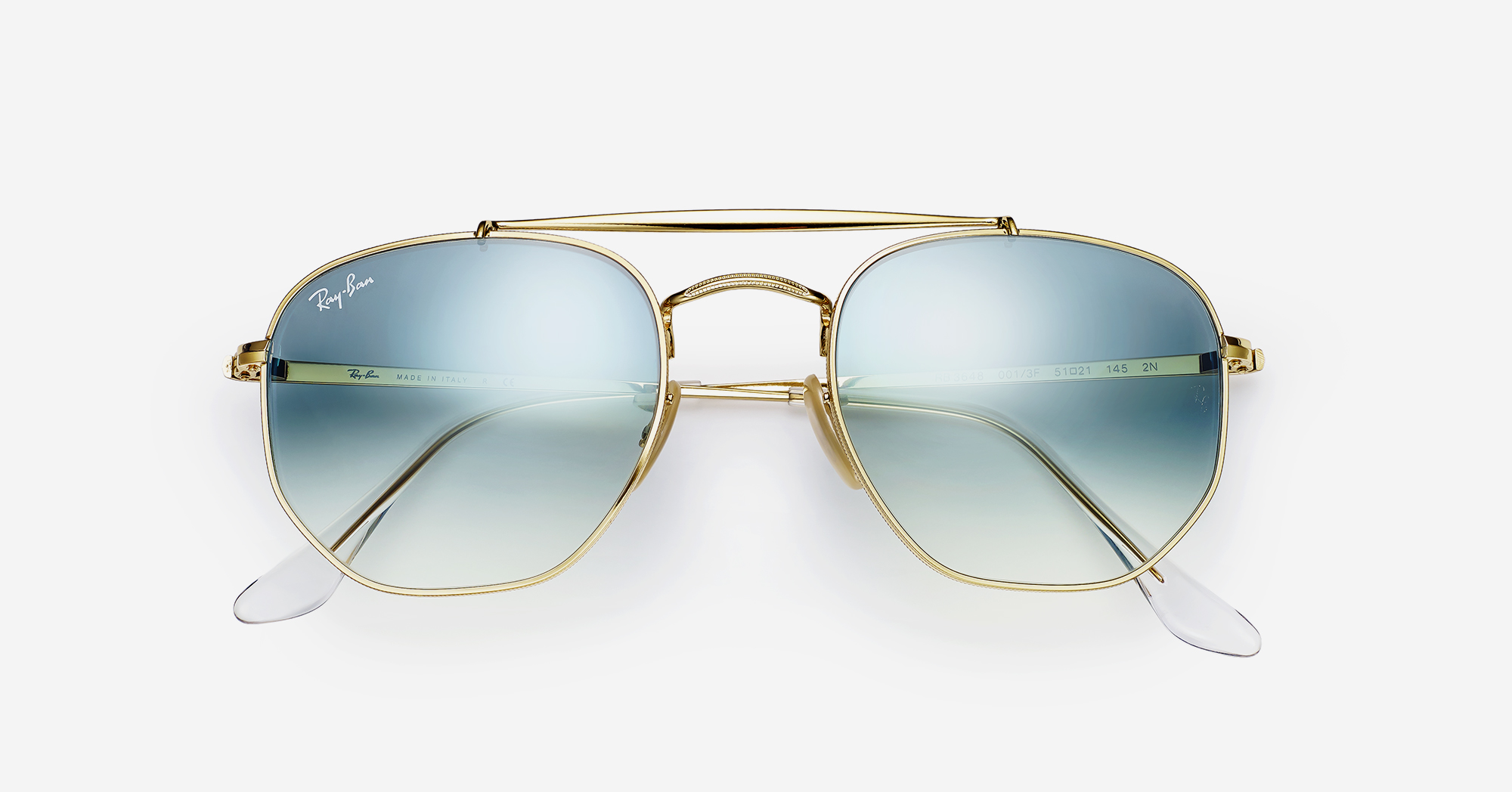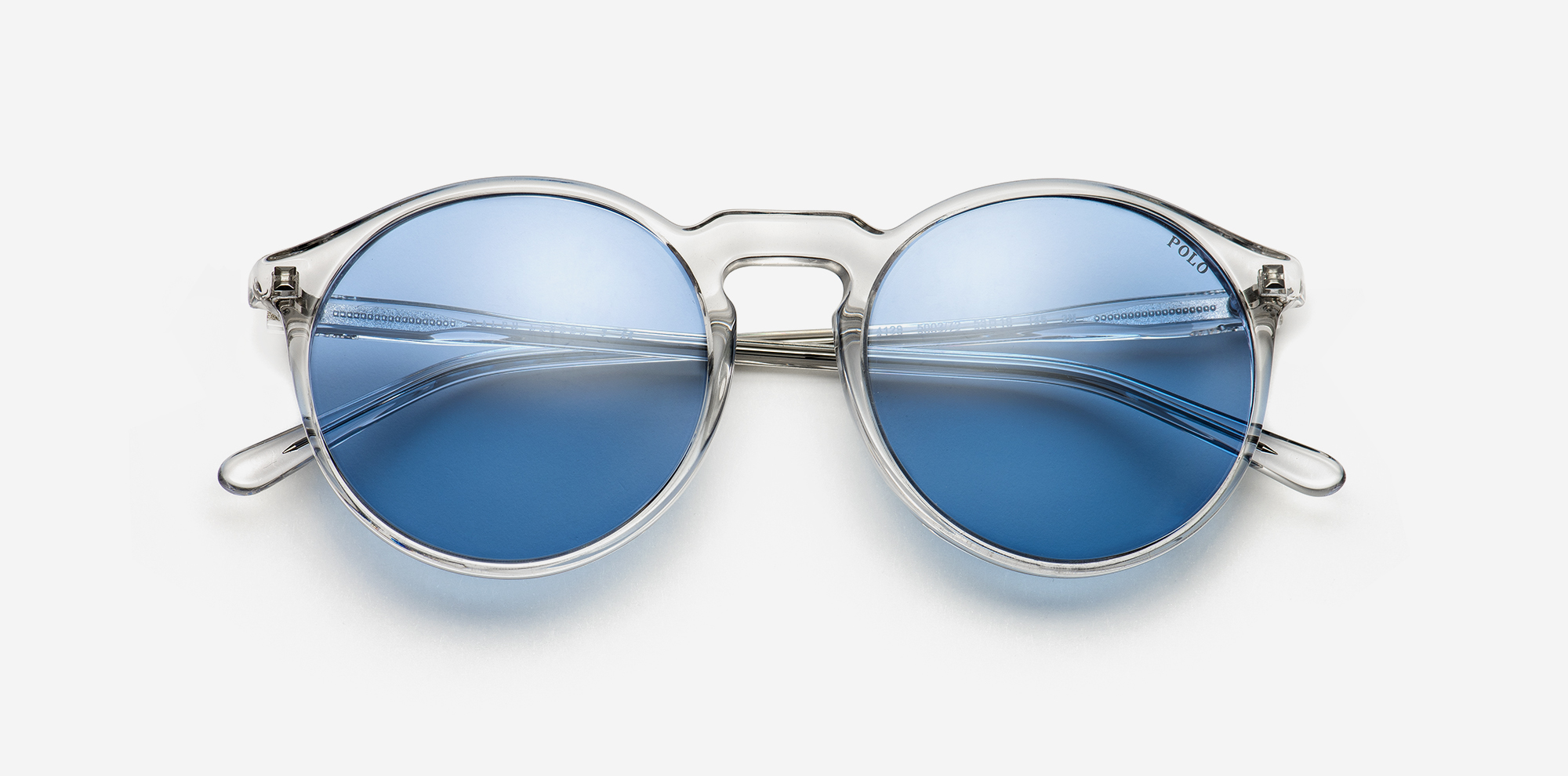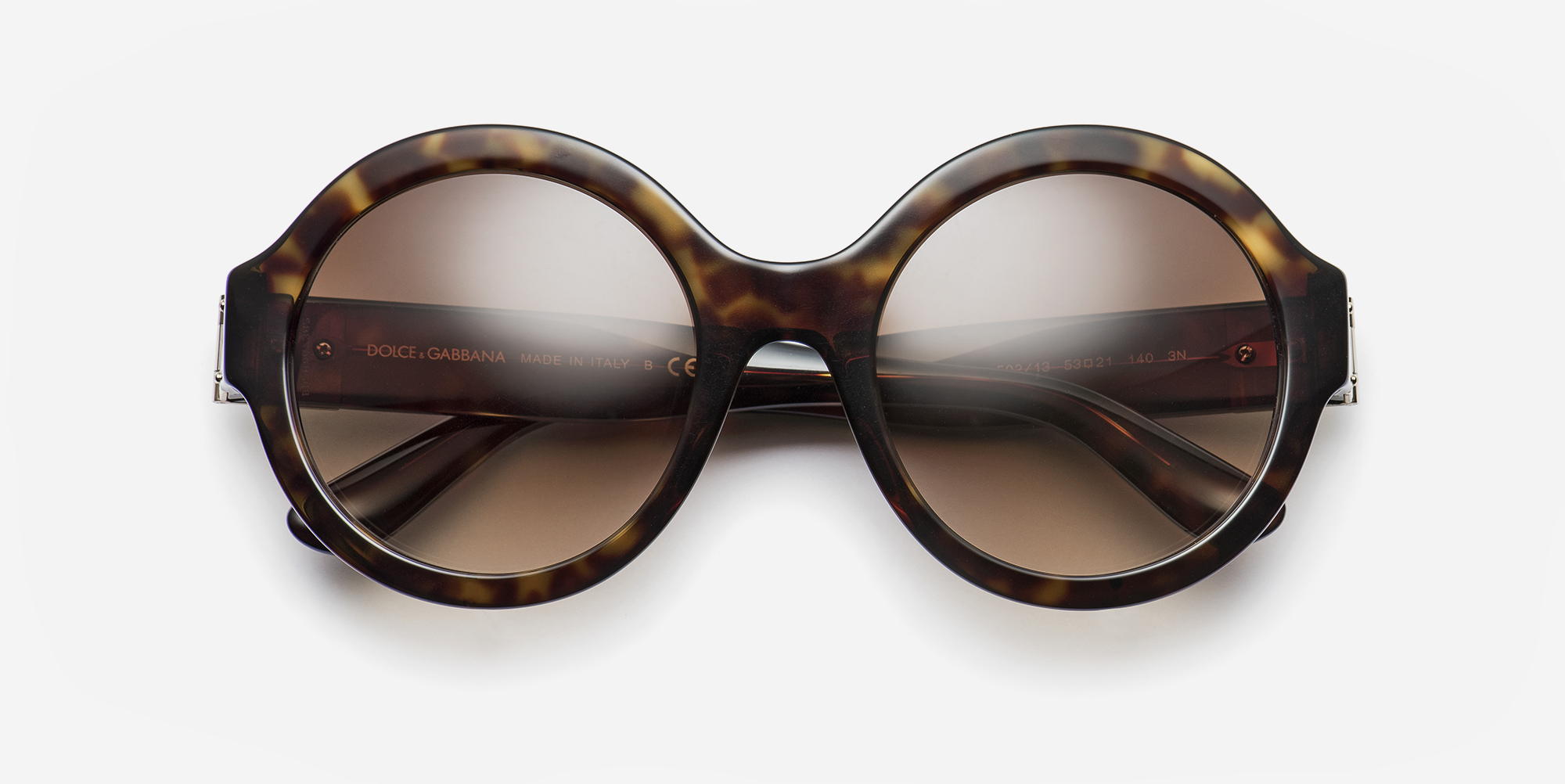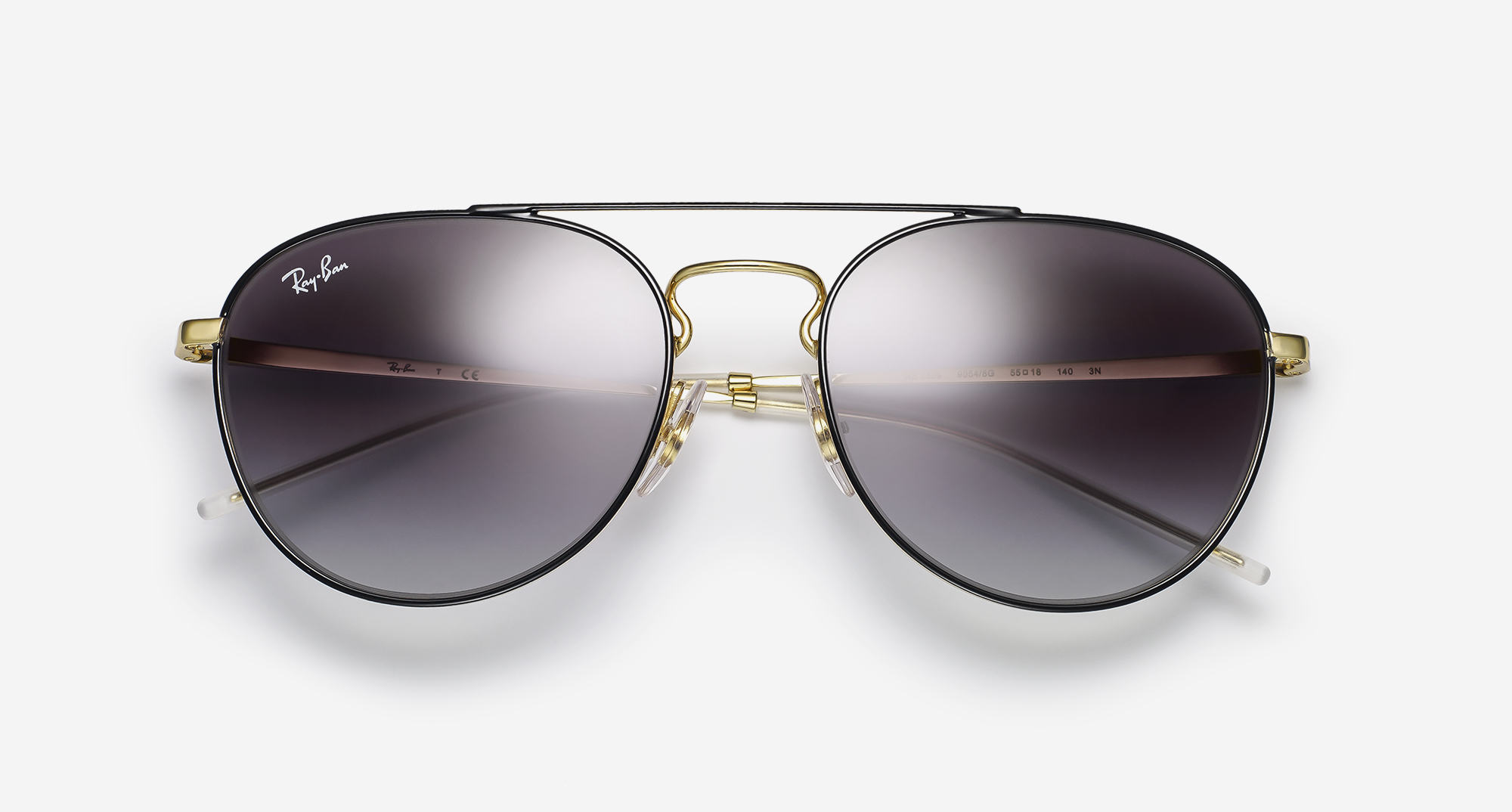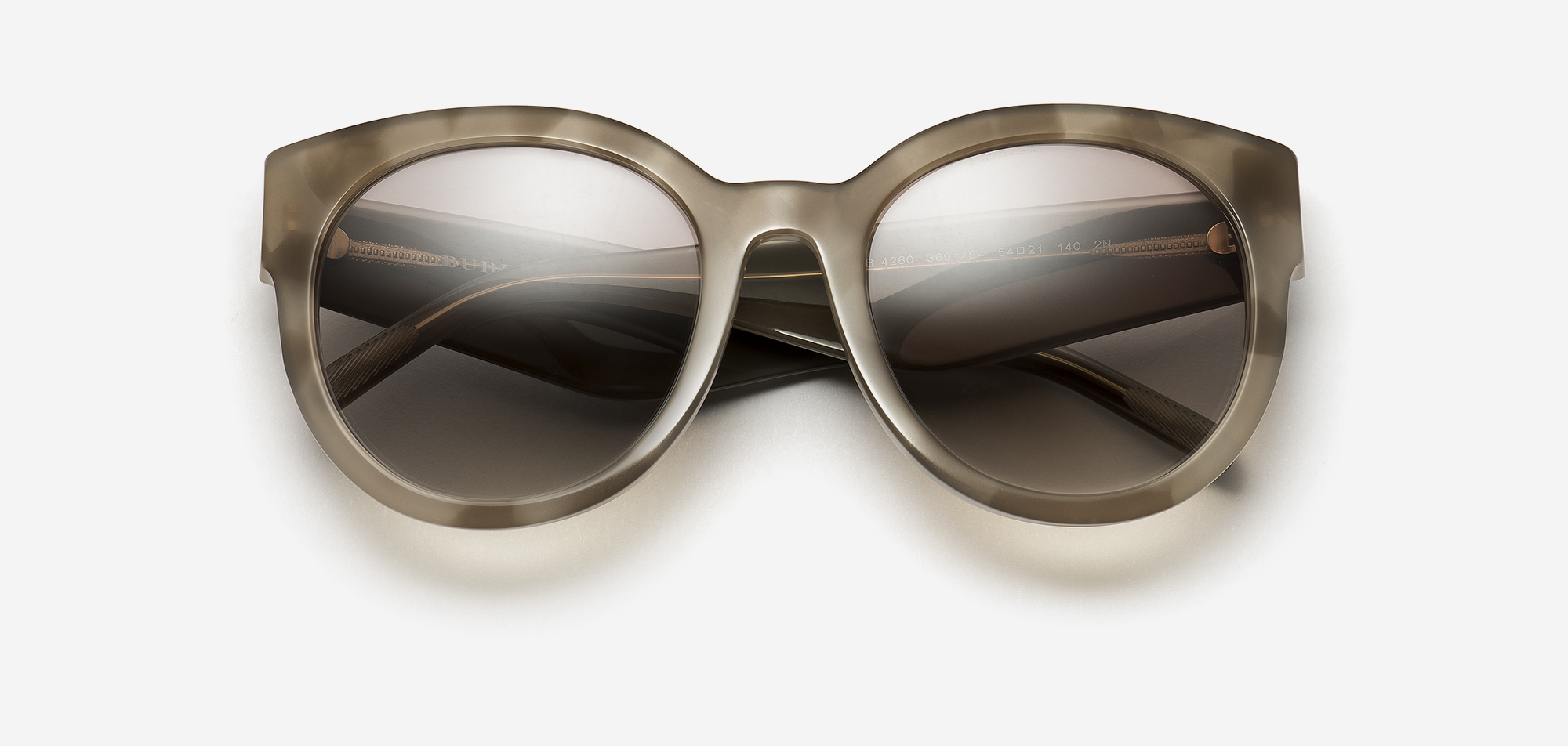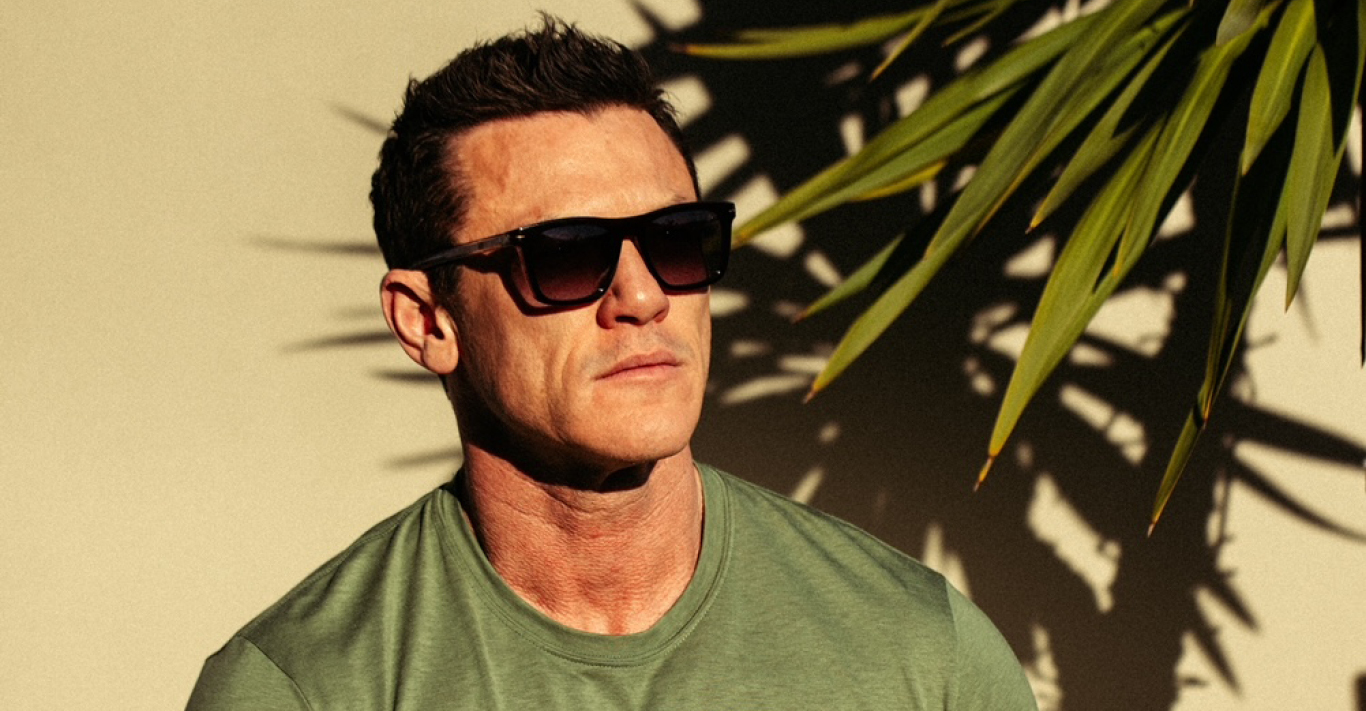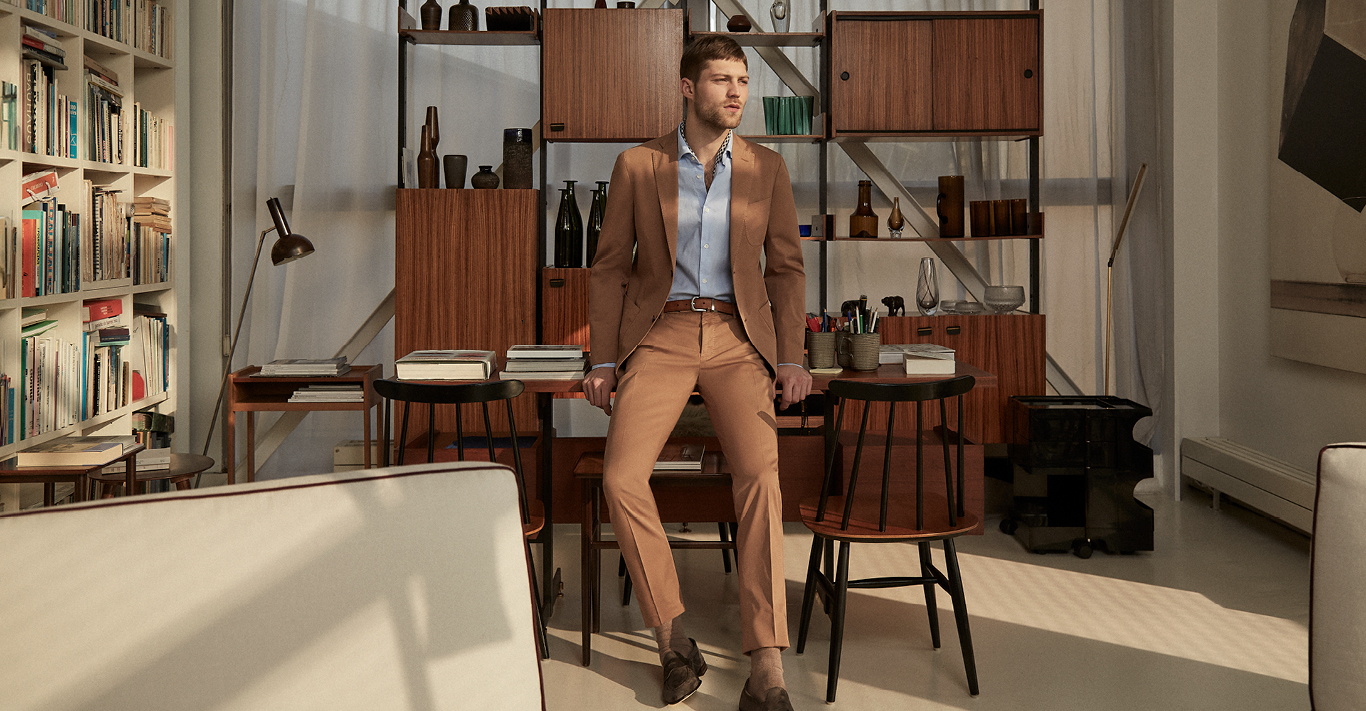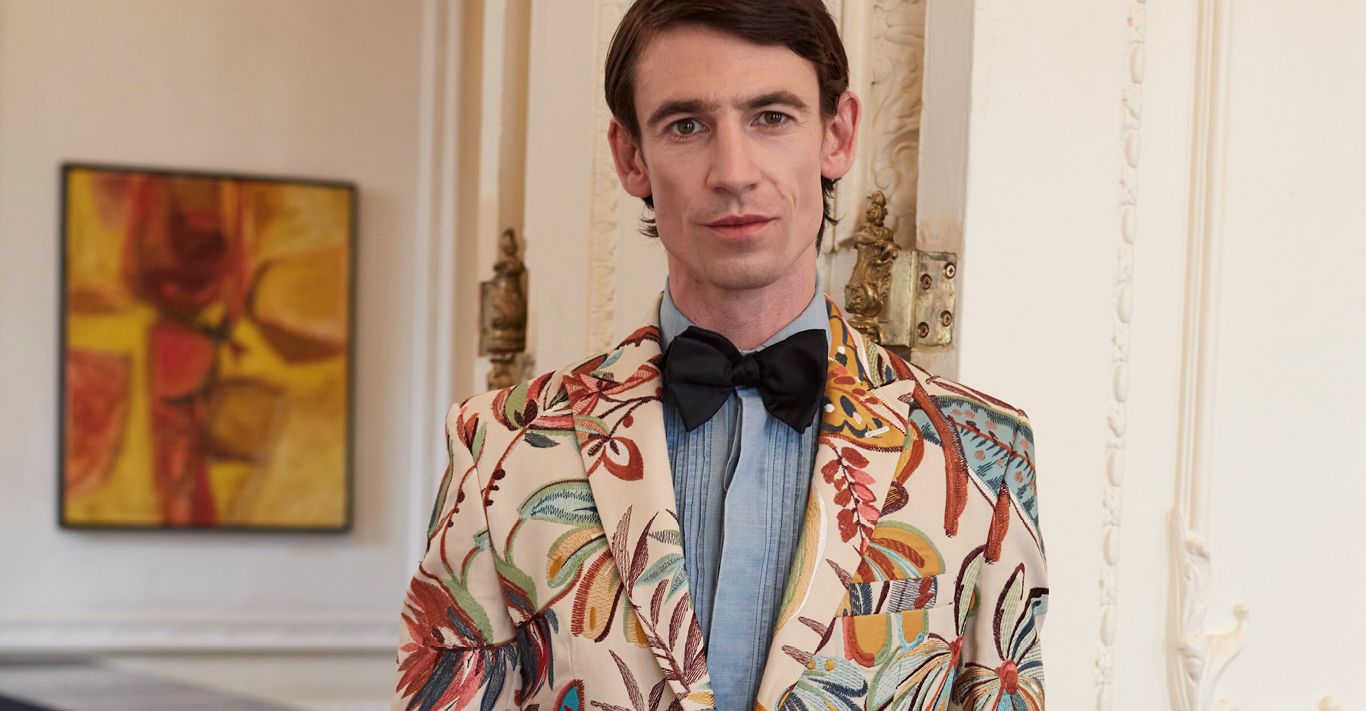WORDS
Peter Howarth
‘Enzo Ferrari was the coolest wearer of glasses ever. He wore Persol. With a three-piece suit. He was definitely using them to make a statement – often they were prescription with a light tint.’
Richard Peck is the MD of David Clulow, the opticians with around 40 stores in the UK. His role also extends to running Sunglass Hut and the eyewear concessions in John Lewis, Harrods and Selfridges: he knows his eyewear.
Peck is wearing a rounded pair of prescription Ray-Bans, though confesses to a penchant for Oliver Peoples (‘so beautifully made’). Styles are generally becoming a bit smaller, he says, rounder and softer around the edges. ‘And there are the classics, for which there is always a latest version – they’ve been around for 40-50 years, and every year they get a refresh, a bit like your iPhone.’
To begin with, sunglasses were worn by a select few wanting to make a statement, he says. ‘Now everyone wears them, and often people will have 10 pairs.’ But prescription glasses have taken longer to become accepted as accessories.
‘It’s weird, isn’t it?’ he muses. ‘A great pair of glasses can really enhance the way you look.’ And a bad-fitting pair? ‘Oh, yes, I’m always amazed when I meet someone who’s in a well-cut, expensive suit and a terrible pair of glasses. Some people are still more likely to spend on shoes and watches than glasses, yet they’re so visible. At least a bad pair of shoes is often tucked under a table.’
The other thing that surprises Peck is the one-pair syndrome. ‘People will be painting a shed on Saturday morning and then go out to a party that evening in the same pair of paint-spattered glasses. If I told you that you could only have one pair of shoes, you’d say that would be impossible.’
It is, however, getting better, and things have really changed over the past decade, he explains. Partly, this is a result of high-profile prescription-glasses wearers such as Benedict Cumberbatch, Bill Nighy, and Sam Smith. As with the advent of the ‘watch wardrobe’ – a different timepiece for each occasion – Peck says there is something similar happening with frames. ‘We have one customer who bought 100 frames last year. He has a lot of cars and boats. That’s extreme, but many people are now routinely buying several different pairs.’
In some respects, this is driven by aesthetics. ‘If you’re feeling bold, you might go for a pair of acetate Persols; or another day it might be a light pair of rimless glasses.’ Today’s eyewear is so much better made and more interesting than in the past, he says, with a wide range of styles and materials – such as carbon fibre; and they incorporate more design details, colours and decorative elements.
Once people have made the decision to eschew laser surgery and contact lenses, and wear their glasses proudly, there are also functional considerations. ‘It’s really important to think about what you need your glasses for. You can have weekend glasses and business glasses. Do you sit at a desk? Do you read in bed? And everybody who needs glasses needs prescription sunglasses – they are literally the best thing in the world!’
To reflect customers’ growing lifestyle approach to eyewear, David Clulow stores are having a facelift. As well as an interior upgrade to create a more lounge-like effect, there will be an increasing emphasis on tech. ‘In the future, you’ll be able to map your face virtually onto big screens in store and see what different styles look like on you,’ explains Peck. ‘Soon you’ll be able to choose glasses anywhere in the world; we’re on the cusp of huge advances in innovation.’
But the role of the optician will always be crucial. ‘A lot of people have interesting head shapes or nose shapes – it’s all about finding the right glasses for you. That’s why we have 700-800 pairs on display in a store, and around 500 more in stock. Ultimately, you have to try them on.’ And where prescriptions are concerned, we shouldn’t forget that this is a healthcare process. ‘Every David Clulow store has an optometrist and the latest equipment. It has always been about service. We take our time with our customers.’
So, what advice does he have? ‘You should ask yourself, “How did I get on with my last two pairs? What did I love/hate about them?” Often people make the same mistake time and time again.’ And what about fit? ‘Look for the obvious – do they sit well on my nose? Are they wide enough? Are they too heavy? Ask the optical advisor for help. And remember, it’s all about technology. Cheaper lenses are older technologies – it’s like cars and phones. The same applies to lenses, particularly varifocals. It’s always worth investing in really good ones.’
Styles shown above, and many more, are available in store and at davidclulow.com

